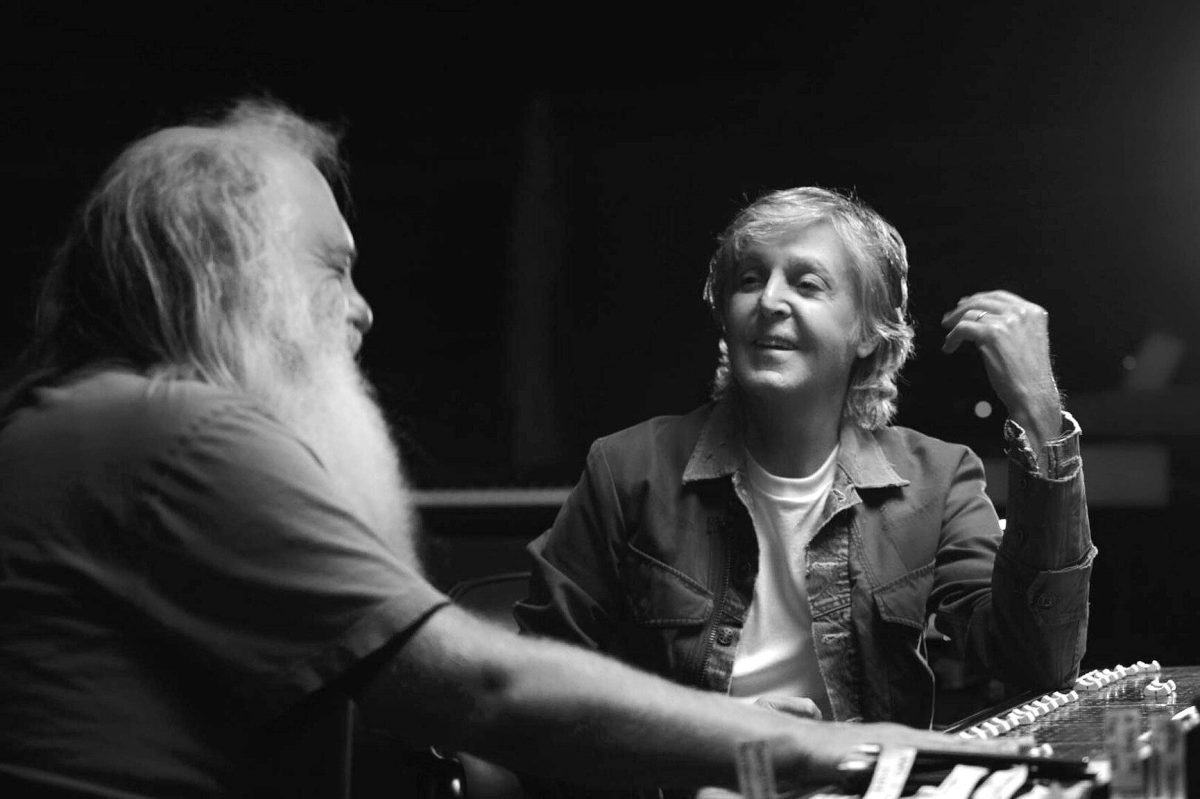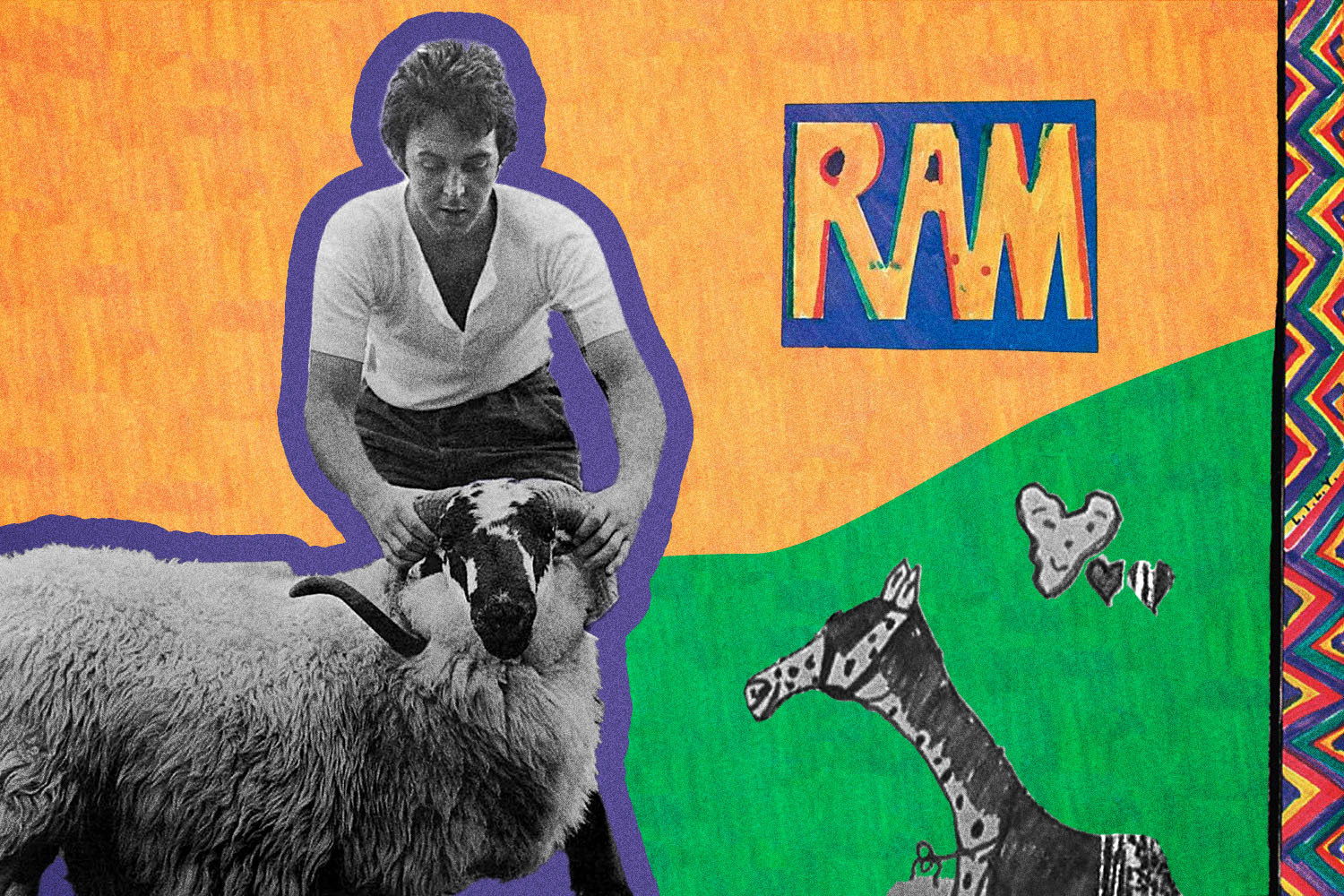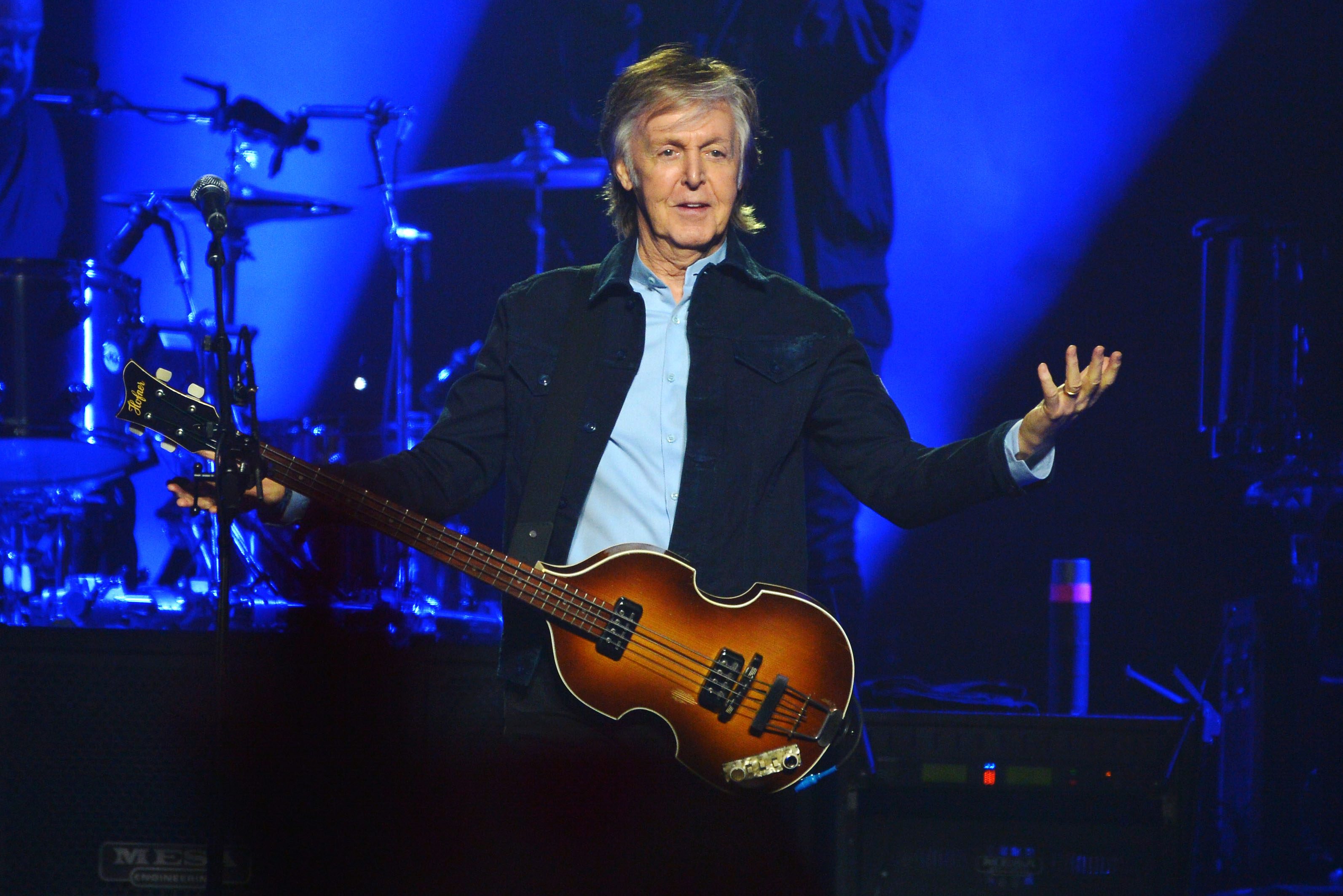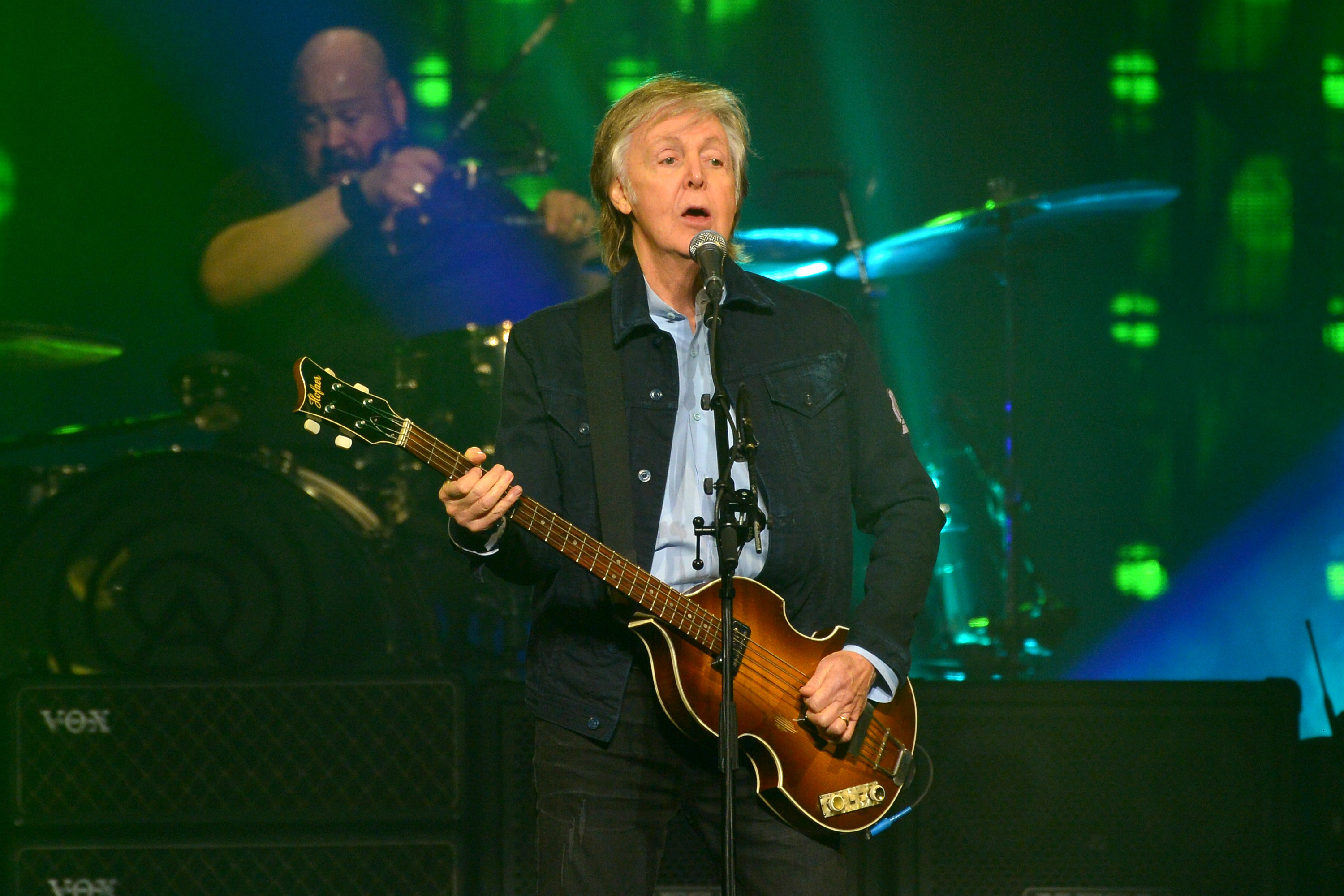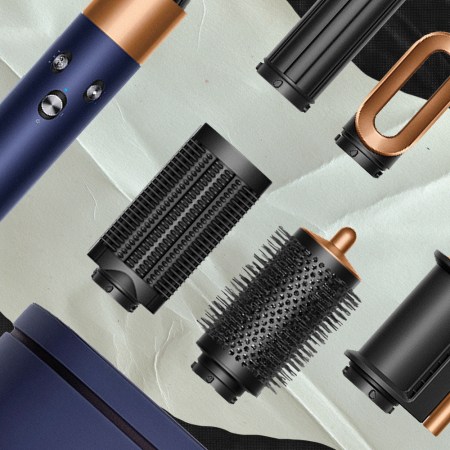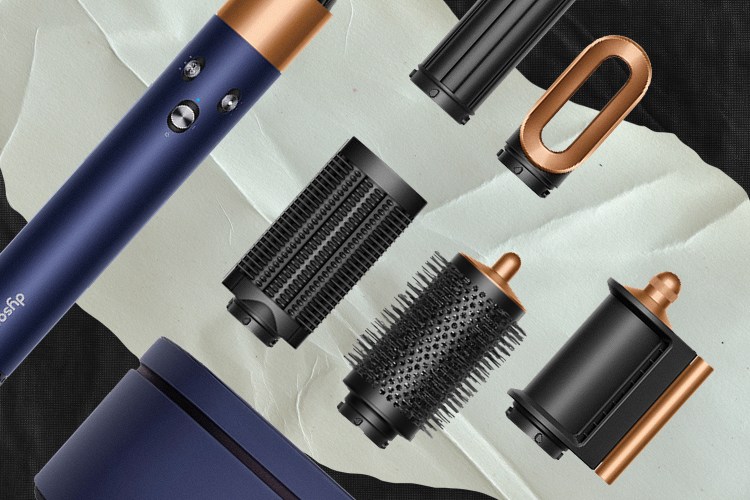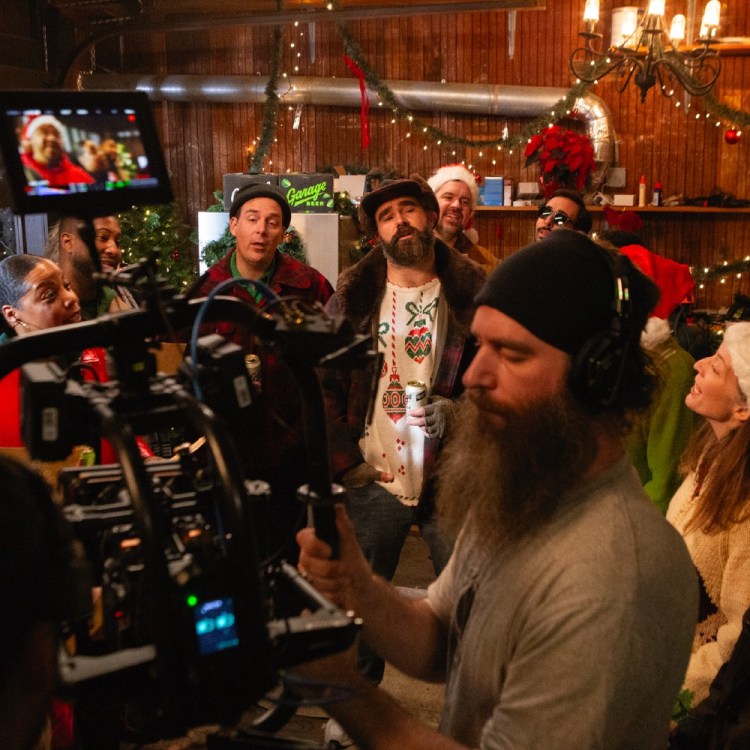It’s easy, when watching Paul McCartney, to find yourself focusing on his eyes. It makes sense, of course; whether they were contributing to his early reputation as The Cute One, staring down the camera in the promotional video for “Hey Jude,” or even cited by conspiracy theorists as proof that he actually died decades ago, they’ve always been his most distinctive physical trait — big, expressive and friendly.
Those eyes also happen to be one of the best parts of Hulu’s McCartney 3, 2, 1, which premieres on Friday. The six-part, black-and-white docuseries features the former Beatle sitting at a soundboard with legendary producer Rick Rubin to break down some of his most beloved tracks — including Beatles songs, Wings tracks and some of his solo material — by isolating certain parts and revisiting them. Rubin does a good job of getting McCartney to go into great detail, but ultimately, the most fascinating part of the series is watching the look in his eyes as he takes it all in. He bobs along in time with the beat or grins and plays air bass along to his own tracks, but all the while, his eyes are locked on Rubin, as if he’s searching for a reaction or trying to gauge his response. Every so often, however, as when he listens back to “Here, There and Everywhere,” his gaze is focused intently on the board; you can tell he’s listening hard, and that so many decades later, he’s still proud of (and maybe a little mystified by) what he, John Lennon, George Harrison and Ringo Starr were able to accomplish during their relatively short time together. At one or two points — especially when he’s discussing the late Lennon and Harrison — those eyes of his even appear to well up a bit, though he doesn’t allow himself to get fully choked up.
For the most part, McCartney 3, 2, 1 is full of anecdotes and details that Beatles diehards are already aware of. (He retells the story of watching Jimi Hendrix ask Eric Clapton to help him tune his guitar, and he recalls being robbed of his “Band on the Run” demos at knifepoint in Lagos.) But there’s a surprising amount of new information here as well; after roughly 60 years and countless interviews, any new information is surprising. With that in mind, these are some of our favorite revelations from the docuseries.
“Michelle” started as a French-inspired guitar song to attract girls
McCartney recalls attending parties with John Lennon when he was still in art school and pretending to be French in an attempt to get girls. He’d dress in black and noodle on his guitar to try to seem sophisticated, and eventually he came up with an instrumental song that would later evolve into “Michelle.” “I would sit in the corner and think, ‘Well, if I work the black turtleneck and play the guitar, they might think I’m French, and therefore they’d be attracted to me,’” he explains in the doc’s first episode. Years later, he recalls, “John said, ‘Remember that French song you used to play at parties?’ I said, ‘Oh yeah,’ and he said, ‘You should finish that.’”
The “Sgt. Pepper” name was born after Paul misheard a roadie who asked him to “pass the salt and pepper”
It turns out the title of one of the most iconic albums of all time was simply a happy accident. “I was on a plane with our roadie, and we were eating, and he said ‘Could you pass the salt and pepper?’ and I thought he said Sgt. Pepper,” McCartney tells Rubin. “And I said, ‘What?’ He said ‘Salt and pepper.’ I said, ‘Oh, okay, I thought you said Sgt. Pepper.’ So we had a laugh about that, but the more I thought about it, the more I thought, ‘Sgt. Pepper, that’s a really cool character.’”
He double-tracked his vocals on “Eleanor Rigby” because he didn’t think he sang it well
It’s (rightly) considered a classic now, but at the time, Macca wasn’t too pleased with his vocals on “Eleanor Rigby.” “I didn’t think I was singing it well,” he remembers while listening to the track in episode 2. “I remember talking to George [Martin] and going, ‘I’m not singing this,’ and he was saying, ‘No, it’s okay.’ It was good, he was calming me down. And then we double-tracked it, I think probably because I didn’t think I’d sung it well. So [the idea was] ‘double track it, we can cover any sins.’”
Robert Moog was at the recording of “Maxwell’s Silver Hammer”
McCartney and Rubin spend a good chunk of the fourth episode breaking down “Maxwell’s Silver Hammer,” and when Rubin asks about the Moog part, McCartney reveals that Dr. Robert Moog himself was present during the recording session. “Robert Moog was there,” he says. “One of the great things about working at Abbey Road was they were at the forefront of technology, so one day we were just told that there’s this guy called Robert Moog in one of the upper rooms and he’s got a load of equipment in there. It was a whole wall filled with stuff, and he was just showing us all the various filters and that. So I was just messing around, and I thought ‘I’ve got to use that on something.’”
George Martin helped him with the piano part on “Maxwell’s Silver Hammer”
When you’re a multi-instrumentalist like McCartney, it can be tough to remember which parts you actually played on any given track. So it’s not entirely surprising to watch his ears perk up while listening to the isolated piano part on “Maxwell’s Silver Hammer.” “I was wondering about the piano though because there’s arpeggios that are a bit flash for me,” he tells Rubin. “Makes me think that was George Martin. Because you know, I play piano, but I’m not that good. ” After more of a listen, he’s certain: “That’s not me,” he says confidently. “The way I could do it, which I don’t think this is, would be to slow the tape by half.”
He’s a fan of the Beatles just like you are
One thing that’s obvious as you watch McCartney 3, 2, 1 is that McCartney is just as thrilled by the Beatles’ catalog as the rest of us are. He tells Rubin that that’s a fairly recent development, however. “For me, I’ve grown to be a fan of the Beatles,” he says. “Because then, I was just a Beatle. But now that the Beatles’ volume of work is finished, I listen back to it, and you know, ‘What’s that bassline?’”
He named his first solo album McCartney after he heard John Lennon was naming his Lennon
Any Beatle fan who knows their history is already painfully aware of the tension between Lennon and McCartney during the group’s acrimonious split. And while the latter famously wrote and recorded his solo debut on his own at home, it turns out we have Lennon to thank for its title. “I’d seen something that made me think ‘Oh, John’s got a new record out and it’s called Lennon‘ and I thought ‘Oh wow, that’s great. I’ve missed that boat,’” McCartney says in the doc. “And it turned out not to be so. So I thought ‘That’s a great idea though. You just call it your surname.’ So I thought, ‘I’ll have that,’ and I just made my first record McCartney.”
All six episodes of Hulu’s McCartney 3, 2, 1 will premiere on the streaming service on Friday, July 16.
This article appeared in an InsideHook newsletter. Sign up for free to get more on travel, wellness, style, drinking, and culture.
